Articles
Rasoterra – regenerative organic agriculture in the Aso valley
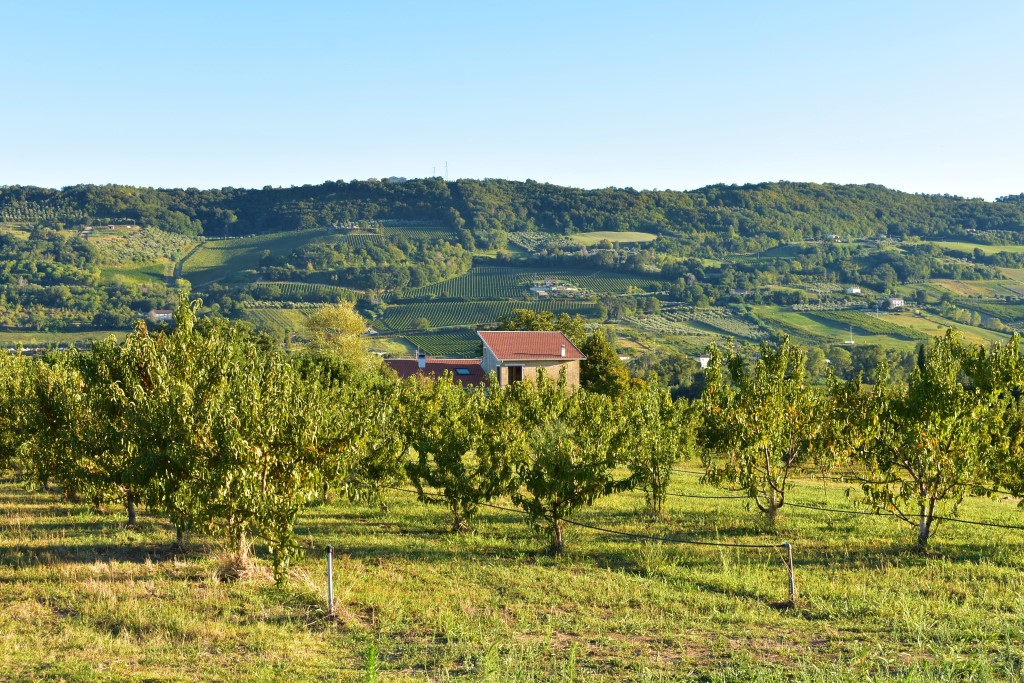
Echoes of the Journey: What is “Rasoterra” and how was it established? What motivated you to develop this activity?
Yuri Marchioni: “Rasoterra” is our property, a farm, created 10 years ago in the valley of the river Aso. Before taking this path, I was living a completely different lifestyle in Milan for various years. When I met my partner Isabella and when we began thinking about starting a family, we commenced with experiments to self-produce our own food for us and our families, in an organic garden to which we had the access. When we managed to produce all vegetables that we consume during one year, we thought to fully dedicate to this activity and to establish it as our work. This is how the idea was created and how it started to grow as our family-run business.
Today we supply several small, independent stores in our region, a few large distribution shops and around 50 families, which would be our main objective – to earn honestly from growing vegetables in a conscious way while supplying the local market with organic food.
EJ: Which kind of agriculture do you practice at Rasoterra? Is it right to call it organic or biological?
Y: I do not know if it is right to call it organic and regenerative agriculture because our cultivation is based on our relations with the land and with nature. We have different influences; in the beginning we took it from conventional agriculture which soon after we understood is not the right way to do it. We have proceeded with synergistic to arrive at completely biologic agriculture. Thanks to the cooperation with NGO DEAFAL lead by their motto “Regenerate soil to regenerate societies“, we have discovered regenerative organic agriculture. Today, our work is based completely on these principles but personally, I try to base my activity on the relation I have with land and experience I have with agriculture.
One of the most valuable things that regenerative agriculture has taught us is to self-produce all nutrients that our plants or land may need.
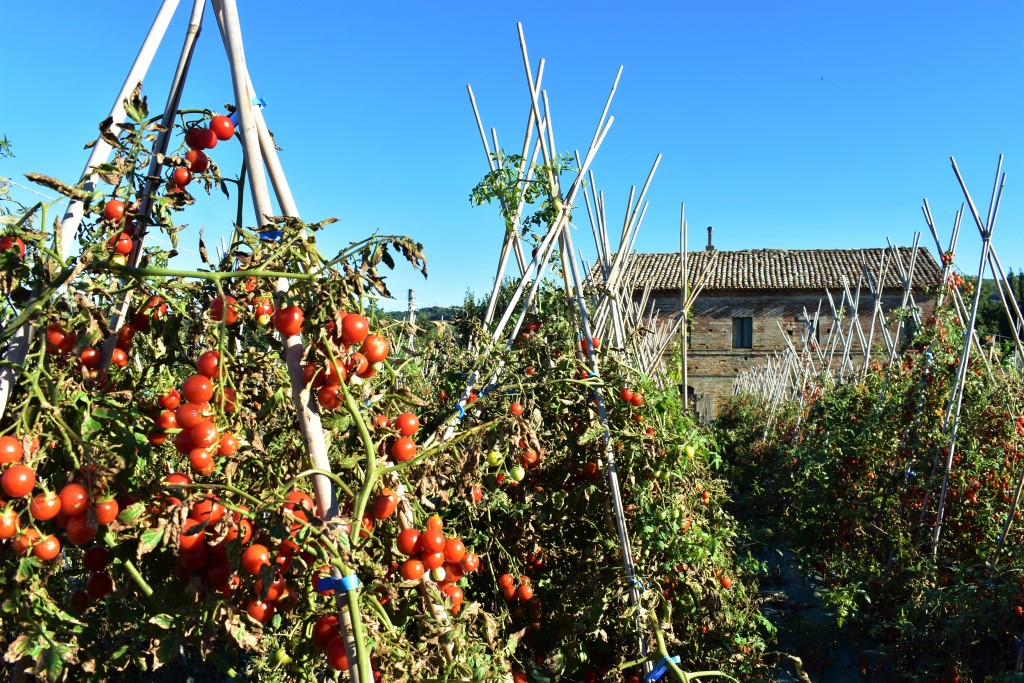
EJ: Please explain us in which consists this regenerative approach.
Y: This is related to the soil. When we arrived to this property, one part of the land, around one hectare, has not been cultivated for many years. We did the analysis of the terrain and we discovered that only 2% was an organic matter, which is not comparable to one good natural system. This helped us to understand that on the national level, as well, has been created massive damage to the soil by extensive agriculture and with the use of too much chemical substance.
In our valley is present conventional agriculture where people extensively cultivate the same crop for 10 years or more. This is possible only if the plants are nourished with chemical products, and consequently, killing the soil system.
So we asked ourselves a question – if the base of the biological system is missing, organic matter is missing, how can we regenerate it?
Through the conscious and responsible cultivation, the soil regenerates. At the same time, when we take something from it, we give something in return. How do we do it?
By using the plants which cover the land, the so-called cover crops, we provide nutrition; with the use of biofertilizers made from the organic (biological) ingredients, to provide more nourishment; by using the right procedures we restore microbial life in the soil and increase soil vitality. Basically, microorganisms decompose the organic substance and then the organic substance “provides nutrients” for the plants. In other words, an increase in the organic substance is eventually an increase in the vitality of the soil, which is highly important for anyone who practices agriculture that is not based on the use of chemical compounds.
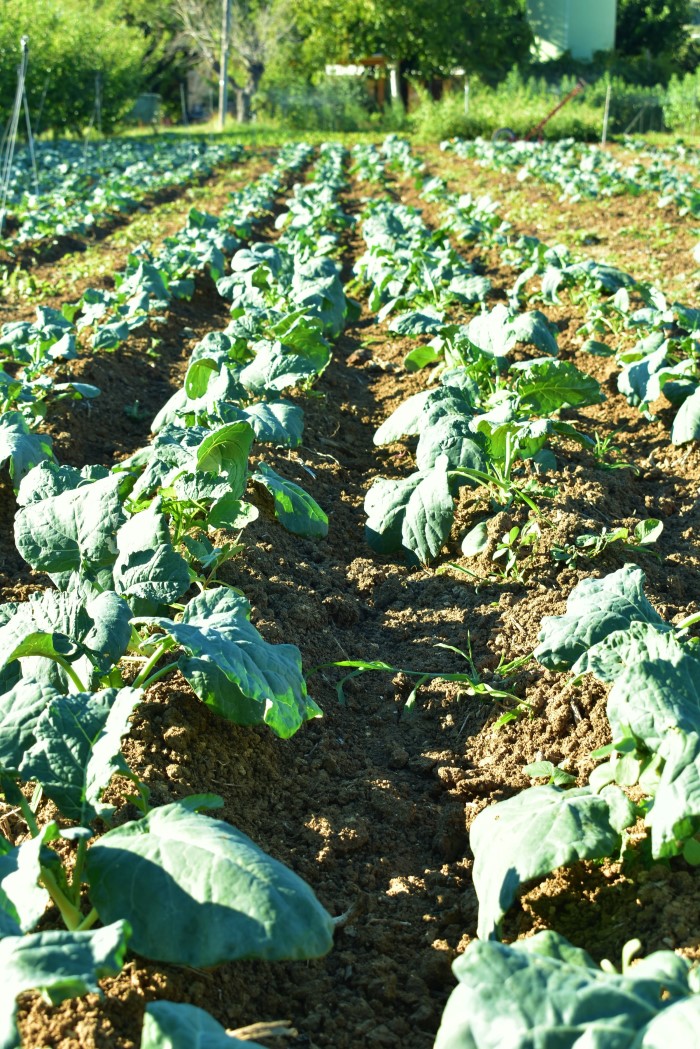
EJ: In that case, what would be the natural cycle in cultivation, as opposed to the system which plants one crop for 10 years, as you mentioned right now?
Y: Sometimes I think it is not right to use the word “natural” for agriculture, even if it is done in the way we do it, because natural, the way I see it, would be a forest or a jungle, where mechanical or human work is not introduced at all. We can say it is more towards the natural.
Going back to your question, on agronomic level, it would be cyclical, the so-called succession planting. In our case, it is a cycle based on three or four plant types, starting with legumes which provide nitrogen, and which we use as cover crops. It is important to mention that legumes used as cover crops to bring nitrogen for the soil are not legumes cultivated to produce vegetables for our diet. After cover crops, we proceed with root vegetables (potatoes, carrots), then flower (cauliflower, broccoli, etc) or fruit (tomato, pepper, eggplant, etc) and, in the end, leaf vegetable (salad, swiss chard, chicory, etc).
All of them are then divided between low and high consumers (of nutritious materia). Flower and fruit vegetables are predominantly high consumers while leaf vegetable is a low one. During the cycle we apply cover crops to protect the soil, like it happens in the forest. This prevents atmospheric agents from degrading the land. A terrain with roots and vegetation is a terrain which is more protected and more humid, that maintains easier materia which feeds it.

EJ: Besides succession planting, what are some other characteristics of the cultivation process here?
Y: Everything starts with the soil treatment. What we do is that we divide our terrain into standardized lots. At a natural level, standardization does not exist, but at the level of organic agriculture it needs to exist simply to facilitate the life and work of the farmer.
This means that if I have two or three hectares of land, I can divide them into 15 or 20 lots of the same size, and this represents a standardization that in my head, or on a practical level, makes my work easier. I can move the irrigation systems without having to modify them because everything is the same, if I use the compost, the quantity is the same for all the lots, when I plant a crop on various lots I know the number of plants in a row and it is always the same for all rows, making it easier for me to work.
So, we divide our terrain every year into lots of equal size after what each lot receives the same amount of compost, which would be the main organic matter in our soil fertilization. It is usually 300 quintals (100 kg) per hectare. Compost is introduced two or three months before introducing the crop, so it is mineralized by the microorganisms living in our soil, making the minerals available for the plants.
Then we start with the introduction of the plants and the agronomic successions that I have previously mentioned. So, if in a lot we first put the crop that is a high consumer, afterwards we try to put a low consumer, or a cover crop, or make a break with cultivation, if possible.

EJ: There is often confusion between the terms used to describe this type of agriculture. Is it the same saying biological when we want to describe organic, or what is the difference between regenerative organic and biological farming?
Y: I believe the difference is mainly in Italy and in the Italian language. The term “organic” in English, would be an equivalent to “biological” in Italian. What is considered “biological” is a product certified by a state body that is chemical-free. However, this does not certify that the vegetable is nutritious. Many vegetables can contain very high amounts of water or sugar and may not have the minerals, and therefore do not nourish the person. So, it certifies that you do not use conventional products, that you use organic seedlings and that, at least in my opinion, is a system that can be “by-passed” because it is possible to go in derogation and exceed the rules in exceptional cases.
In our case, we distribute within our valley, our customers know us and know how and what we produce. We do not need a national certification and, therefore, I “self-certify” myself, in a way. We were then introduced to an association called “Genuino Clandestino” (Genuine Clandestine), which allowed us to “certify” ourselves as genuine, because this is who we really are, and clandestine of sort, as we were not certified by an official authority.
For us, production of the food without the use of chemicals that nourishes the person consuming it represents normality. That is why we identify ourselves with regenerative organic agriculture, with its solutions and all the methodology developed by Jairo Restrepo Rivera, that we have studied and then applied. The essence of regenerative organic agriculture is the vitality of the soil.
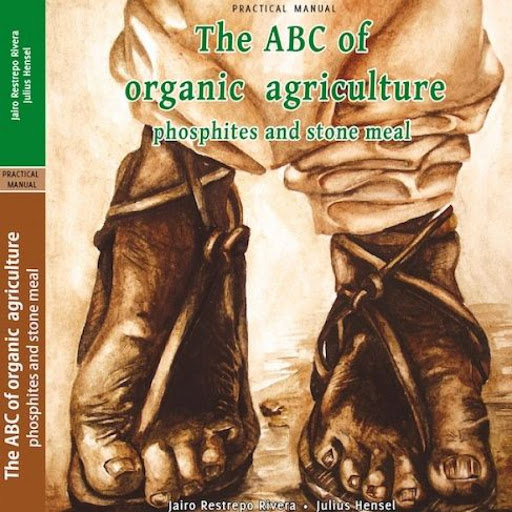
Jairo Restrepo Rivera is one of the creators of the modern concept of regenerative organic agriculture. He has published more than 15 books on organic agriculture, among which is “The ABC of organic and regenerative agriculture – Practical manual”, mentioned by Yuri. He has worked with UN, UNESCO, FAO; he has taught at almost 40 universities in 52 countries around the world. More about his work you can read in this interview
So, starting from the technique and from the chemical-physical analysis of the soil, which enables us to understand what is missing and what is excessive in our terrain for what we want to cultivate. Based on this, we begin to implement methods to increase certain minerals and to increase the organic matter, because we have understood that in the long run any problem in the soil is solved by increasing the microbial life and the organic substance. From there, we begin with the introduction of rock and mineral flours that were not present in our terrain, to make sure that the vegetables are full of the minerals which, consequently, nourish the person.
EJ: Can we say that conventional agriculture does not take soil quality into account?
Y: We can better explain this with an example: conventional agriculture is based on fertilizers of three main minerals, namely nitrogen, phosphorus and potassium. Plants, like us, feed on what they eat, and if they eat only those three minerals they will be much more susceptible to many diseases, insect or fungal attacks that could have a destructive effect. Instead, if we can give the plant a living soil with a variety of minerals available, a biofertilizer with micronutrients and the plant is able to have these minerals when it needs them, then the seed grows better, it can self-defend and feel healthy without the need for additional (extra) material.

You mentioned earlier that everything we need to nourish the land and plants can be produced naturally. If indeed it is like this, why then there is no massive or industrial production of these materials and ingredients, and everything is restricted for small and family-run producers?
Y: It is a difficult question that I cannot fully answer because I do not have so much experience with cultivation on a large scale. However, according to what I know and according to my experience, if all entrepreneurs in our valley were small producers using natural methods, there would be no problem to produce fruits and vegetables organically.
But, when we speak about massive farms with many cultivated hectares, or monoculture, it is very difficult, because this agriculture practice always brings many problems. What we have seen that works and that we have here, is a small organic farm.
Nonetheless, if we talk about the extensions such as those of the United States where we see cultivation on millions of hectares, I would not know because I have no experience with that type of agriculture. I cannot say if this type of organic farming that we do here can be done on the dimensions present there. I know that, for example, Jairo is doing it in South America with farms on many acres, who already started to work in a certain way.
EJ: What does it mean for you to be the custodians of the flat red onion from Pedaso (Allium cepa; cipolla rossa piatta di Pedaso)? What are your relations with Slow Food network?
Y: This, too, is a discourse related to modern agriculture and ways of cultivating the vegetables. Why? Because the large producers, the multinationals, decide not only on the type of vegetable they produce and sell, but also on the seeds that are cultivated. Then, they are also the ones who produce the pesticides and other materials to be used.
We wanted to get out of this environment, and to be truly self-sufficient we wanted to re-appropriate the seeds that had always been cultivated by our grandparents and our elders. Slowly we began to adapt to this, first with tomatoes, when we found the flat red onion from Pedaso.
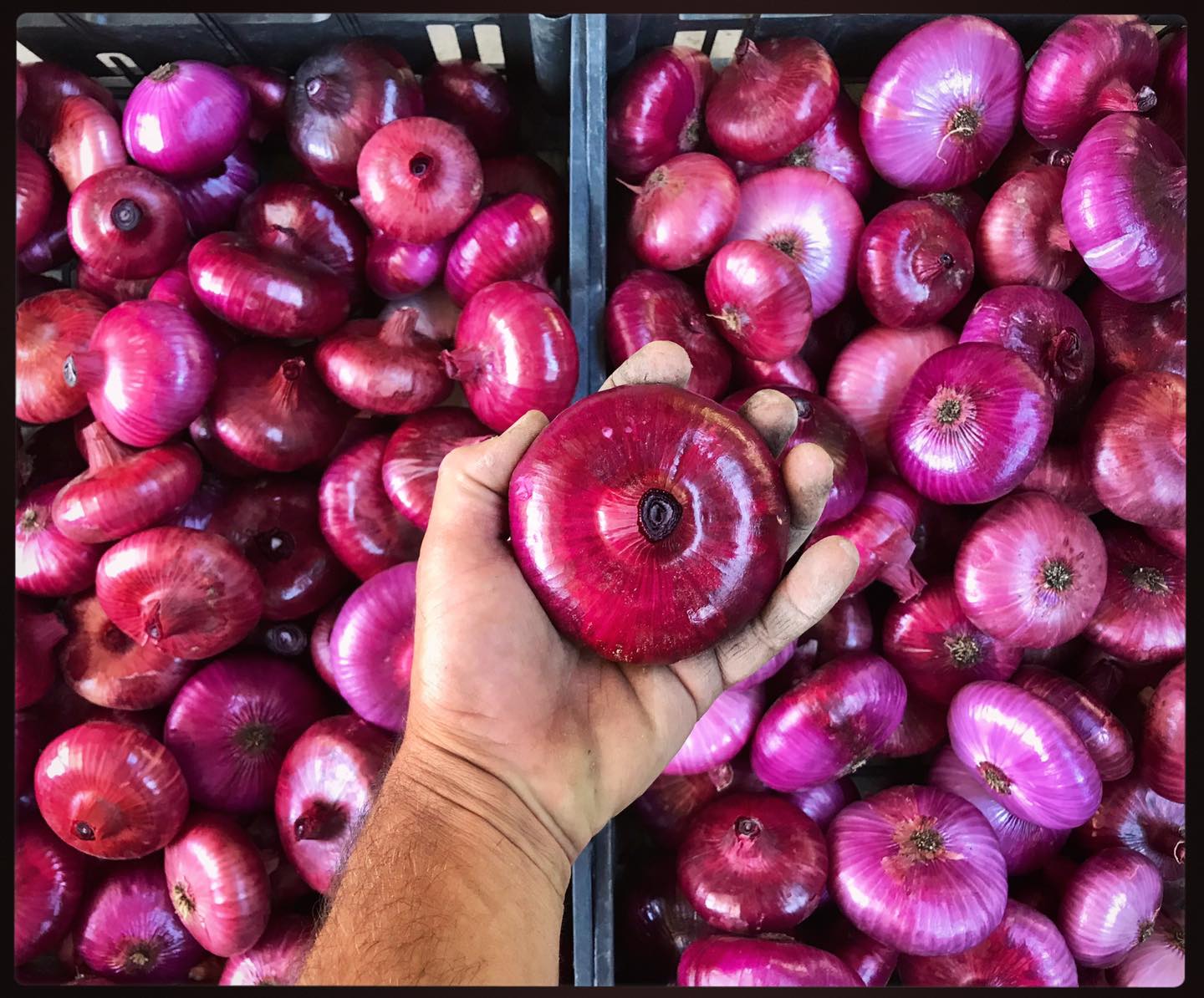
Returning to the question, a young man who was a member of the same association where Isabella and I were, understood our idea and concept of relying on local seeds, and told us the story of flat red onion which was unknown to us at that moment. What happened is that his grandfather has saved various seeds that were cultivated in these parts until the 1930s, and this onion’s variety was slowly forgotten over the next years. We got interested, we also discovered more about the whole history of this plant thanks to the municipal administration, and we decided to start reproducing all the seeds we had of this onion.
In the eight years since we started, thanks also to the other three producers that participated in this project, we have introduced the flat red onion of Pedaso in the whole valley of the river Aso and the Adriatic coast of southern Marche. Today, we can proudly say that we have brought back into production an almost forgotten seed that was authentic for this territory, which we now reproduce and commercialize.
As for Slow Food, we are happy to say that we have joined the Slow Food community last December. The Slow Food presidium is a recent project, but it was stopped for one period due to Covid19. Finally, we restarted with the project in the second half of the year and the result has arrived now.
In order to confirm presidium, Slow Food as a company has carried out an analysis of five companies that produce large quantities of this onion, all small entrepreneurs and without the use of chemicals. This important achievement will help us to spread this seed even more.
Schola BnB
The latest project within Rasoterra property is Schola Bnb. About it we talk with Isabella, Yuri’s wife and partner in Rasoterra.
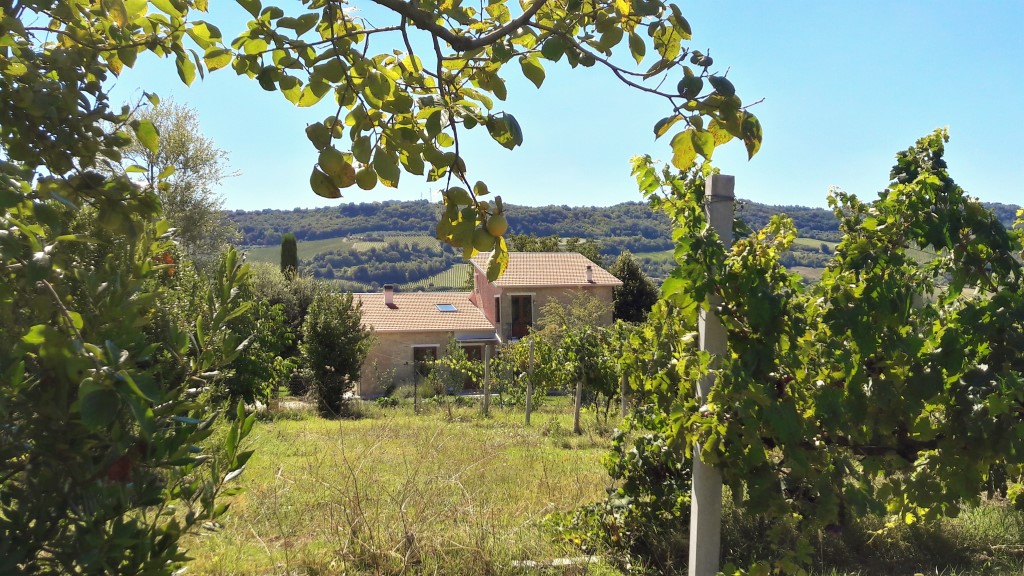
EJ: What is Schola BnB and what are its activities?
Isabella: We aim Schola BnB to be an experiential path of sustainable rural life. We have decided to combine our daily activities and share our everyday life. This story would not be possible without hospitality and without “spending time” in school. Only by staying here for a few days and living with us, one can understand what sustainable rural life is.
Based on this idea, we decided to begin with this itinerary that starts with hospitality and from our home or, to be precise, from the school.
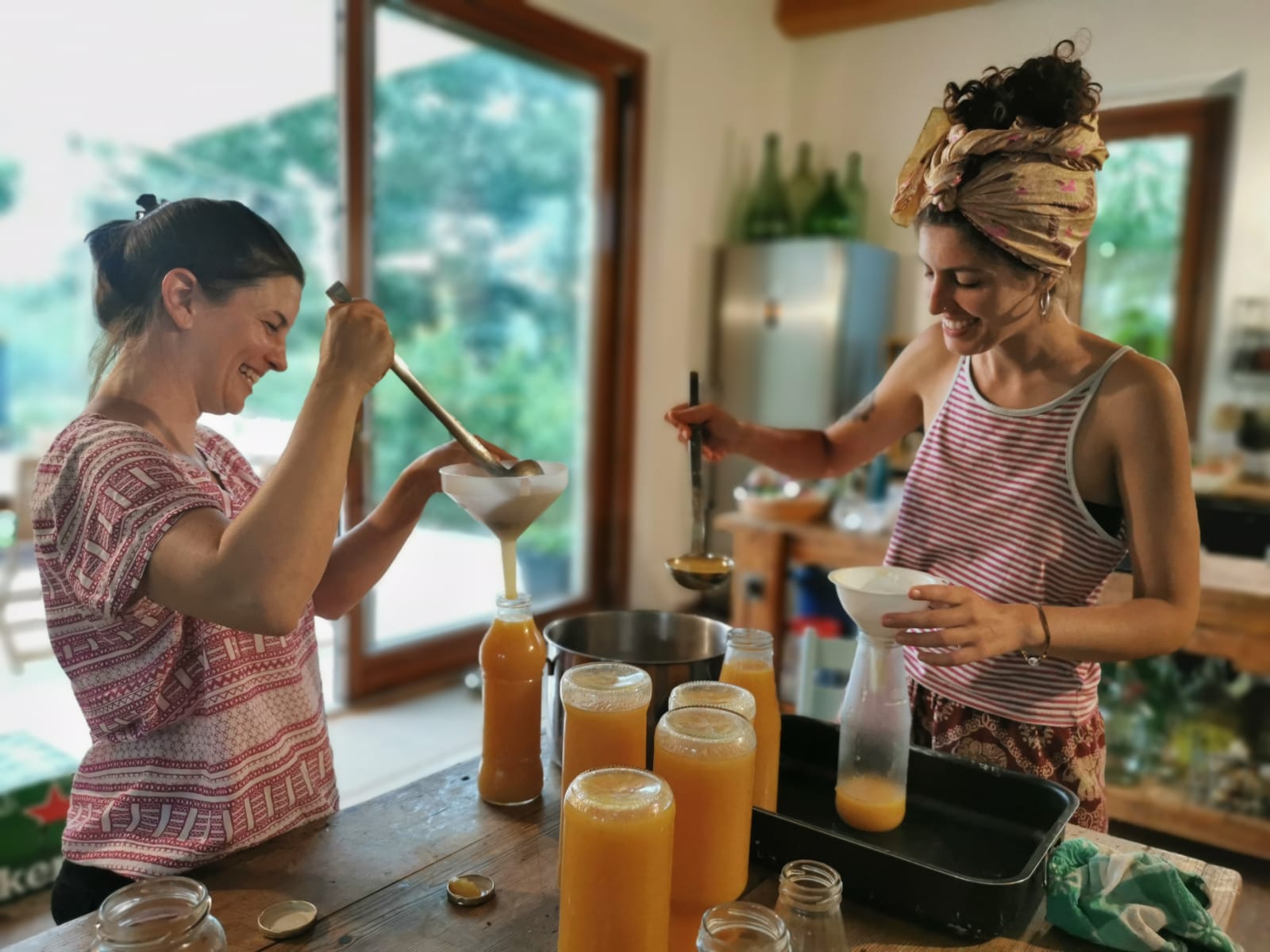
The choice of the name was easy as our home in the past was the local school and has always been known as “la schola” which in the local dialect, in Latin and also in Greek means school or place dedicated to free time. We liked it as the word because it explains very well what we want to have here – a place where you can better use your free time. Time, which is dedicated to sustainable lifestyle, to the rural experience, to the workshops about various activities that two farmers do in their everyday life throughout the year.
The activities also include training courses with DEAFAL on the topics that we “cover” in our laboratories and also on construction using natural materials, given the fact that I am an architect.
Apart from the activity we do here, our idea is also to propose an experiential itinerary to all those who choose to approach our philosophy, to get to know this territory through similar activities, visits to other agricultural producers, to the Sibilini Mountains, or trips to the sea to learn about the world of fishing.
EJ: Are you involved in local networks?
I: Yes, we are part of the ecomuseum of the Aso valley, of the PIL (Local Integrated Project) and we are connected with Rizomi – Network of the fertile lands, which represents a network that groups producers from our territory with the goal of creating a supply chain. The aim is to disseminate certain types of products and knowledge in several areas – agriculture, herbal medicine, natural cosmetics, etc.
With the PIL project we work on the development of a family itinerary that can be visited by bicycle as well. There are various stops and places to visit along the route, one of which would be our property. Several tour operators and local associations are involved in this initiative, and it all started with a project that intends to build a bicycle path that crosses the entire Aso valley.
EJ: When do you plan to open the doors for visitors and how they can contact you?
I: We hope to open in spring 2021 and the best contact would be through our official website, or through the social media platforms we aim to incorporate soon.